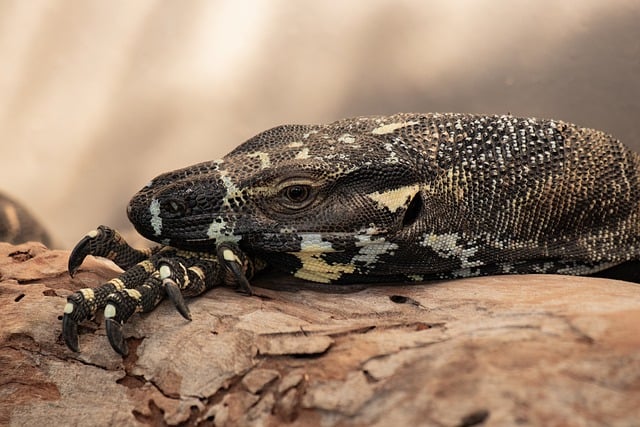Safe Plants for Your Reptile’s Habitat
When it comes to creating a healthy and thriving environment for your reptile, one often overlooked aspect is the role of plants in its habitat. While many people consider plants to be a mere decorative element, they can actually play a significant role in maintaining a balanced ecosystem and providing essential nutrients for your pet. In this article, we will explore some safe plants that are suitable for your reptile’s habitat and provide tips on how to incorporate them into your setup.
Before we dive into the list of safe plants, it is essential to understand what makes a plant safe for your reptile’s habitat. Some common factors to consider include:
- Toxicity: Look for plants that are non-toxic to reptiles and will not cause harm if ingested.
- Pesticide-free: Avoid plants that have been treated with pesticides, which can be harmful to your pet’s health.
- Low-maintenance: Choose plants that are easy to care for and require minimal maintenance to thrive.
- Spider Plant (Chlorophytum comosum): This popular houseplant is not only low-maintenance but also easy to propagate and can be grown in a variety of lighting conditions.
- Prairie Brome (Bromus arvensis): A hardy, low-growing grass that can thrive in a variety of lighting conditions and is non-toxic to reptiles.
- Cordyline (Cordyline fruticosa): A versatile plant that comes in a range of shapes and sizes, making it perfect for adding texture and interest to your reptile’s habitat.
- Dracaena (Dracaena spp.): With over 40 species to choose from, Dracaena is an excellent option for those looking for a low-maintenance plant that can thrive in a range of lighting conditions.
- Papyrus Sedge (Carex ptychosa): A low-growing, clump-forming sedge that is perfect for adding texture and interest to your reptile’s habitat.
Incorporating plants into your reptile’s habitat can have numerous benefits, including:
- Improved air quality: Plants help purify the air and remove toxins, creating a healthier environment for your pet.
- Mental stimulation: Providing your reptile with plants to explore and interact with can help stimulate its mental health.
- Aesthetic appeal: Plants add color, texture, and interest to your reptile’s habitat, making it more visually appealing.
- Choose the right plants: Select plants that are non-toxic to reptiles and suitable for your pet’s specific needs.
- Clean the environment: Regularly clean the area where you plan to place the plants to ensure a healthy and toxin-free environment.
- Provide proper care: Follow proper care instructions for each plant, including watering, pruning, and fertilizing.
In conclusion, incorporating plants into your reptile’s habitat can be a great way to create a healthier, more stimulating environment for your pet. By choosing safe plants that are non-toxic to reptiles and providing proper care, you can enjoy the benefits of having plants in your pet’s habitat while ensuring its safety and well-being.
Tags:
- Safe Plants for Reptiles
- Reptile Habitat
- Pet Care
- Housing for Reptiles
- Plant Safety

